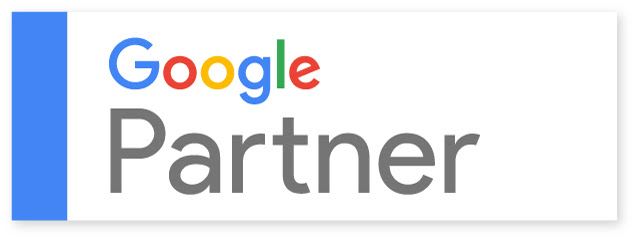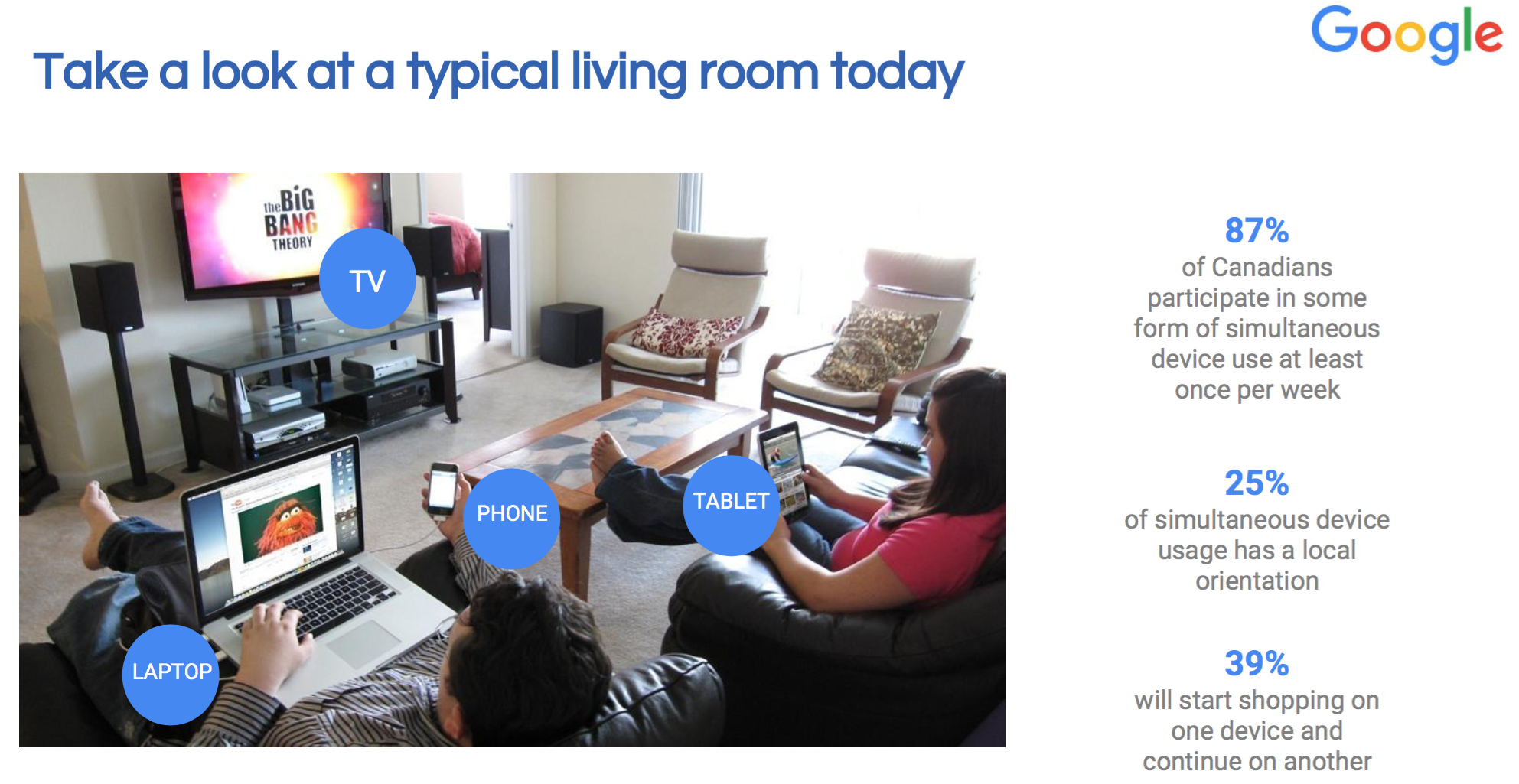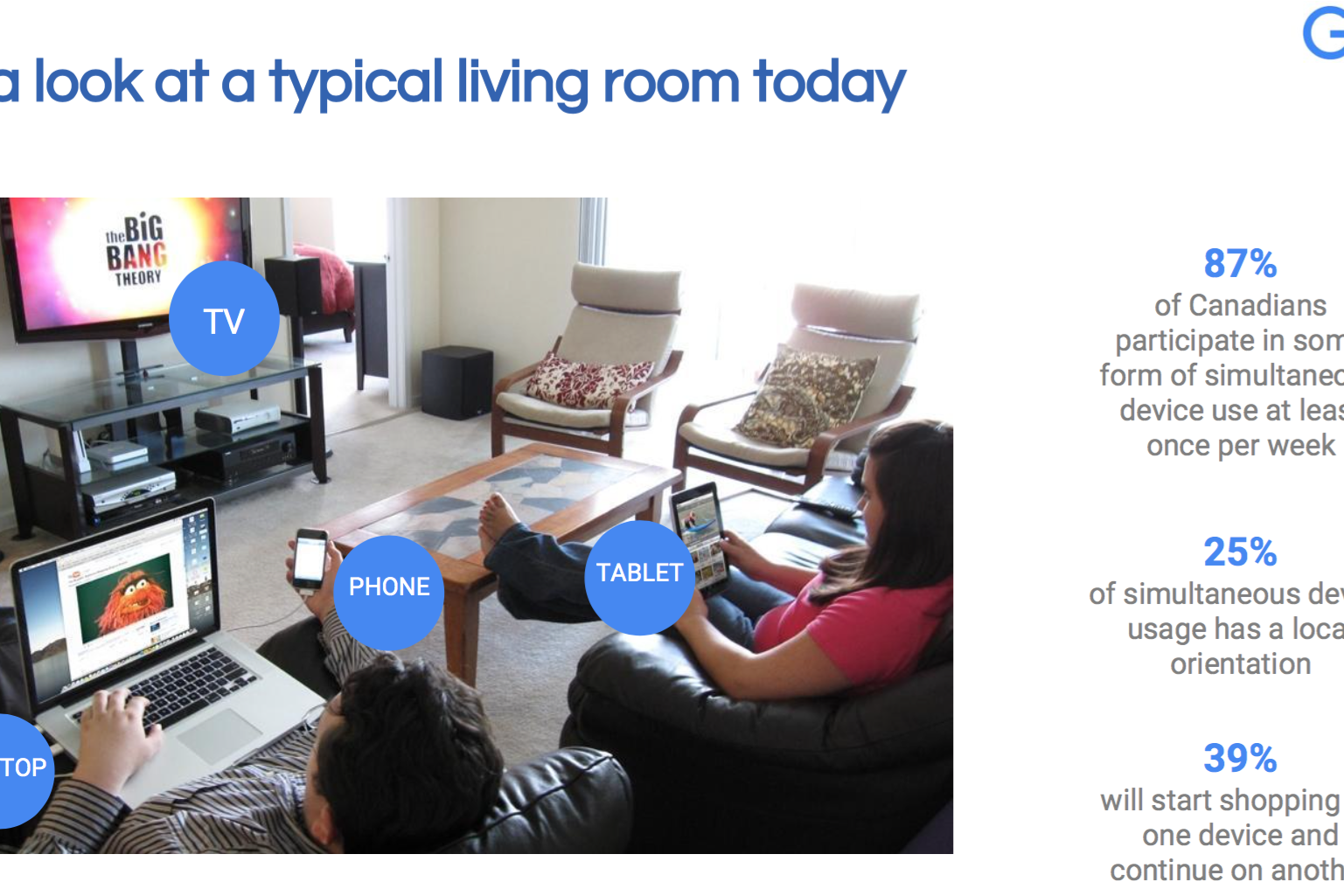Google started out as a research project, and now it’s one of the biggest tech companies in the world, with Google Ads being the most recognized ad platform. It has profited from their authority and largely helped shape the way things are found online in the era of information.
Over 3.5 billion searches are made every day on Google. Yes, you read that right. It’s THE most widely used search engine in the world. This means it’s possible for businesses to reach out to a vast majority of the world population through their paid advertisements. Does this mean that you should too?
When Did Google Ads Start?
Google came up early on with the idea that their search results pages were a fantastic place to place paid advertising. In 2000, Google launched their first standard ads, and they were hugely successful. Text-based ads were meant to avoid website load lag, and they included links to company websites.
Now called Google AdWords, they’ve proven to become effective traffic funnels for targeted audiences. They can appear when specific keywords are typed on the search bar, potentially becoming highly converted ads. They used to be on the right tab of the screen, so they stood out from the rest of the search results. Now they can be customized to be placed at the top or bottom of the search engine results, and to have mobile-optimized links to enhance the user’s website experience. They look almost identical to normal search results, but the only difference is the word “Ad” below the title.
Many businesses keep using AdWords because of their ability to highly customize target audiences by demographic groups including age, location, behaviors, recent searches, etc. To answer our initial question, we need to look at how other businesses are using this service.
How Do Businesses Use Google Ads?
Average small businesses spend anywhere between $9,000 and $10,000 monthly on paid search campaigns and giant retailers spend up to $50 million yearly, making AdWords the biggest source of profit from the giant—up to 96% of its yearly revenue. For an online marketing system that claims that you only pay per click, that right there is a whole lot of clicking.
The AdWords management tool gives advertisers conversion statistics and information so they can assess and discover what’s working for their business and what’s not. You can also set a budget and make sure you don’t go over a specific number. However, it’s common for newcomer businesses to find themselves running out of their anticipated advertising budget early on.
While the majority of businesses in the online advertising market use AdWords, your business shouldn’t just jump in without making the appropriate research to manage them wisely. You don’t want to run out of your advertising budget without making the most of it.
What Are the Recent Changes to Google Ads?
Starting January 31, 2017, Google Ads were extended. The original, or standard AdWord headlines were initially 25 maximum characters and the description 35. Extended Text Ads (ETAs) have increased text allowance by 23%. Two 30-character headlines and an 80-character description are the new norm. While there are split opinions regarding the effectiveness of ETAs, the experts have warned small businesses that their advertising should be well-researched and their copy solid. Besides, search engine result pages are fast traffic, so longer text ads are not recommended.
When it comes to getting results, the answer is to keep testing the ads and adjust as necessary. While there are some ads that have a higher conversion in their ETA form, some standard ads have proven and continue to be irresistible to click. So while you’re allowed to write more now, you shouldn’t fret about using all your characters. Having a solid advertising strategy for your business and making the most out of it should be your top priority.

Digital Marketing Experts – DMX, A Google Partner Agency

multi-screening






